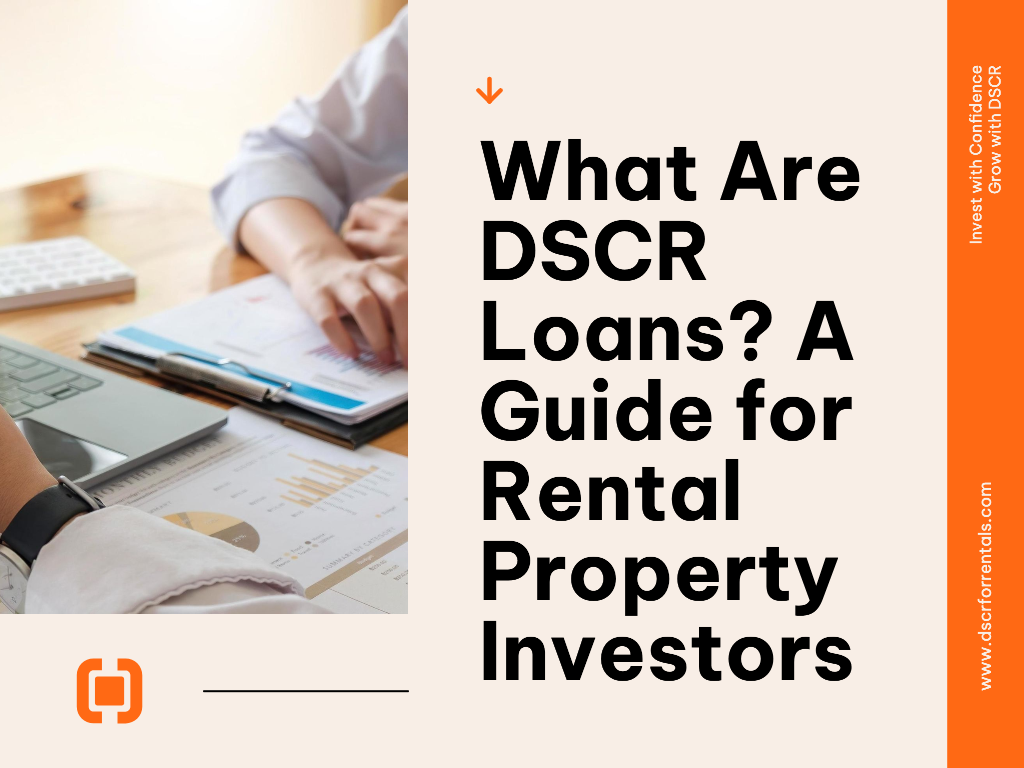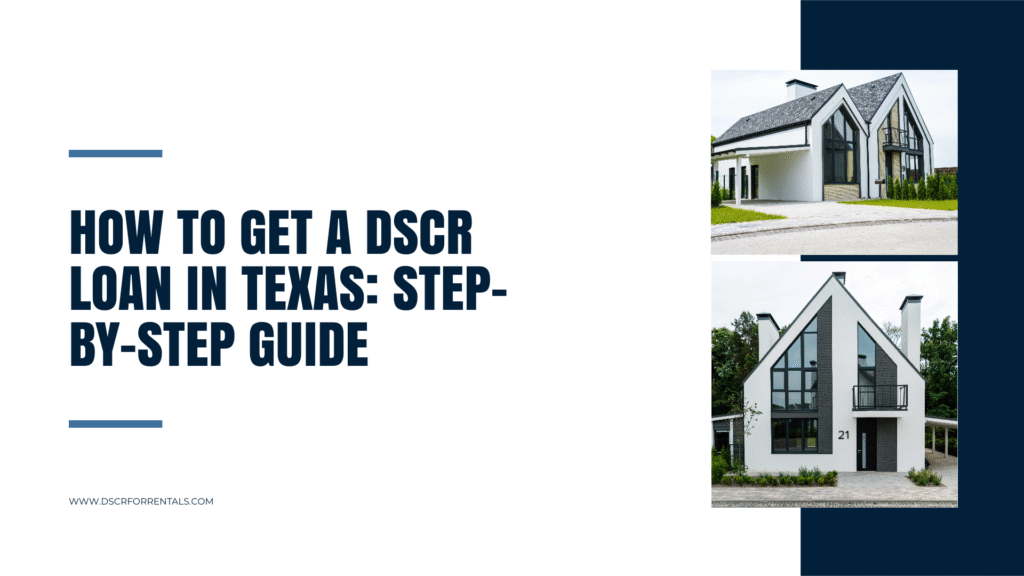DSCR vs. Traditional Mortgage: Best Rental Loan 2025

DSCR vs. Traditional Mortgages: Which is Better for Your Rental Property?
Hey there, rental property dreamers! If you’re thinking about buying your first rental—like I did a couple of years ago—you’re probably wondering about loans. When I started, I kept hearing about DSCR loans and traditional mortgages, but I had no clue which one was better for me. Now that I’ve used both to buy properties (a duplex in Texas and an Airbnb in Florida), I’ve learned a ton. Today, I’m breaking down DSCR loans versus traditional mortgages to help you decide which one’s right for your rental property. Let’s jump in!
What’s a DSCR Loan, Anyway?
First up, let’s talk about DSCR loans. DSCR stands for Debt Service Coverage Ratio, which is just a fancy way of saying, “Does your rental make enough money to pay its bills?” With a DSCR loan, lenders look at the rent your property brings in compared to its costs—like the mortgage payment, taxes, and insurance. If your rent covers those expenses (usually 1.25 times or more), you’re good to go. I love that these loans focus on the property, not my personal income, because I’m a freelancer with a messy tax return!
What’s a Traditional Mortgage?
Now, a traditional mortgage is what most people think of when they buy a house. It’s the kind of loan you’d get for your own home, but you can use it for rentals too. Lenders look at your income, credit score, and debt to decide if you qualify. I used a traditional mortgage for my first rental, and let me tell you—it was a lot of paperwork! They wanted pay stubs, tax returns, and even asked about my credit card debt. It felt like they cared more about me than the property.
Let’s Compare: DSCR vs. Traditional Mortgages
Alright, now that we know the basics, let’s see how these two stack up for rental property owners. I’ll break it down into a few key areas based on my own experience.
1. How You Qualify
With a traditional mortgage, it’s all about you—your income, your job, your debt. I had to dig up two years of tax returns, which was a pain since I’d just started freelancing. But with a DSCR loan, they only care about the property’s income. For my Airbnb in Florida, I showed the lender my rental estimates (I learned how to estimate rents using the Massive Real Estate Video Library—check it out here and they didn’t even ask for my pay stubs. DSCR loans are way easier if your personal finances are tricky!
2. Speed of Approval
DSCR loans usually get approved faster because there’s less paperwork. My DSCR loan for the duplex took about two weeks to close, while my traditional mortgage dragged on for over a month. If you’re trying to snag a hot property in a competitive market, that speed can make all the difference. I almost lost a deal once because the traditional loan took too long!
3. Down Payment
Here’s where traditional mortgages might win a bit. For a rental, they usually ask for 15–20% down, while DSCR loans often want 20–25%. For my first rental, I put down 15% with a traditional mortgage, which was $22,500 on a $150,000 property. But for my DSCR loan, I had to put down 25%, or $37,500 on the same price. That extra cash upfront can be tough if you’re just starting out.
4. Interest Rates
Traditional mortgages often have lower interest rates because they’re seen as less risky for lenders. My traditional mortgage was at 4.5%, but my DSCR loan was closer to 6%. That means higher monthly payments with a DSCR loan, so you’ll need to make sure your rental income can handle it. My DSCR Loan Calculator can help you figure out if the numbers work!
5. Flexibility for Property Types
DSCR loans are awesome because they work for all kinds of rentals—single-family homes, duplexes, or even short-term rentals like Airbnbs. Traditional mortgages can be pickier, especially if your property isn’t in perfect shape. I once got turned down for a traditional loan because the rental needed repairs, but a DSCR loan came through no problem.
6. Growing Your Portfolio
This is where DSCR loans really shine. Traditional mortgages limit how many loans you can have—usually 4 to 10—because they look at your personal debt. But DSCR loans don’t care about that, so you can keep buying more rentals. I’m already planning my third property thanks to DSCR loans! If you want to think beyond rentals, I’ve been learning about foreclosures with a course called Build a Fortune With Real Estate Foreclosures and Short Sales. It’s full of tips to grow your portfolio—check it out here:
Which One’s Better for You?
So, which loan should you pick? It depends on your situation! If you’ve got a steady job, good credit, and don’t mind paperwork, a traditional mortgage might save you money with a lower rate and smaller down payment. But if you’re like me—a freelancer or someone who wants to grow fast—DSCR loans are the way to go. They’re easier to qualify for, faster to close, and let you keep buying more properties.
Before you decide, run the numbers. My Cash Flow Calculator can show you what you’ll pocket each month, and the LTV Calculator helps you see how much you’re borrowing compared to the property’s value. Oh, and if you’re looking for creative ways to fund deals, the MicroBanking Method course has been a lifesaver for me. It’s all about smart financing—take a look here
Ready to Choose Your Loan?
Both DSCR loans and traditional mortgages have their perks, but for rental property owners, DSCR loans often give you more freedom to grow. I wish I’d known about them sooner—it would’ve saved me so much stress! Want a step-by-step guide to get started? Grab my free DSCR Loan Checklist—it’s got everything you need. Got questions? Come chat with me on X (@DscRforrentals). Let’s get that rental property in your hands!
Just so you know: This post contains affiliate links; I may earn a commission at no cost to you.


Pingback: Top 5 Myths About DSCR Loans Debunked -